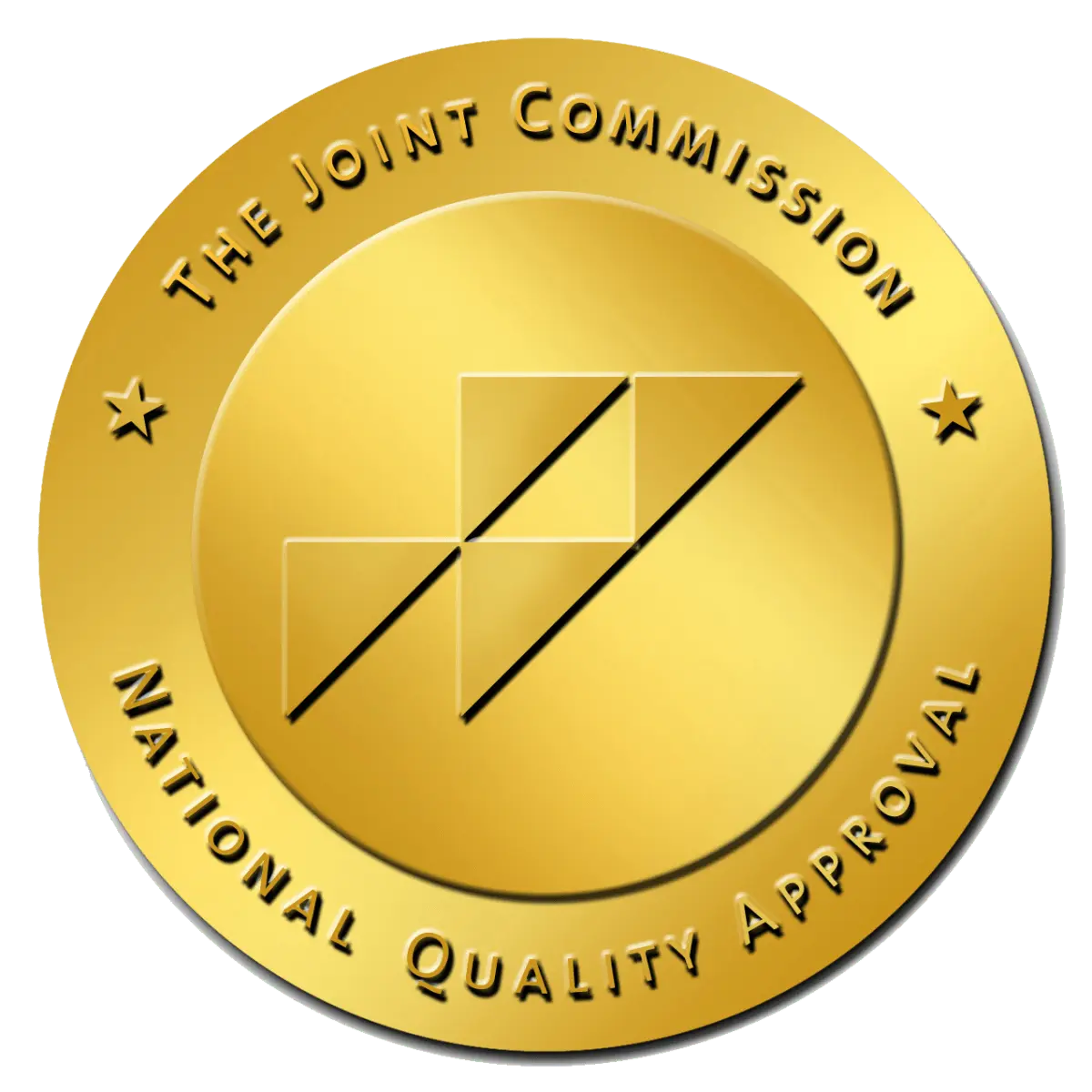What is Pink Cocaine?
Written by: Michelle Beaupre, PhD, LCSW | Reviewed by: Christian Small, MD
“Pink cocaine” is a term that has emerged prominently in the realm of substance abuse and recovery, capturing the attention of both professionals and the public alike. Unlike its name suggests, pink cocaine is not actually cocaine, but a potent designer drug known for its distinctive pink hue. This synthetic substance uniquely combines the properties of stimulants and hallucinogens, leading to its growing popularity. The rising concern around such designer drugs is underscored by recent findings; for instance, emergency department visits related to all drug use in California saw a 17% increase from 150 to 175 per 100,000 residents from 2018 to 2021. This statistic highlights the growing impact of synthetic substances, including pink cocaine, on public health and the critical need for comprehensive understanding and targeted intervention strategies.
At Villa Oasis, we are acutely aware of the challenges posed by emerging substances like pink cocaine. Our residential treatment center is dedicated to providing holistic care for individuals grappling with addiction, offering a supportive journey toward recovery that encompasses all levels of care—from detox and residential treatment to sober living and outpatient services. Our commitment extends beyond the unique challenges of designer drugs to include support for those dealing with cocaine addiction, ensuring a pathway to healing for individuals affected by the complexities of modern substance abuse. Recognizing the urgency brought about by the increasing prevalence of designer drugs and traditional substances alike, we are here to offer hope and comprehensive care to everyone on their journey to recovery.

Understanding Pink Cocaine
Pink cocaine, a term that has woven itself into the fabric of discussions on substance abuse, is a designer drug known for its distinctive hue and potent effects. Unlike traditional cocaine, pink cocaine does not stem from the coca plant but is instead a synthetic concoction that can vary widely in composition. This variability makes pink cocaine particularly dangerous, as users often consume the drug without a clear understanding of its contents or potency.
At its core, pink cocaine is a misleading moniker. The substance is not cocaine but a synthetic party drug that combines the properties of stimulants and hallucinogens, similar in some ways to MDMA or ecstasy. Its pink coloration, which lends the drug its name, is designed to appeal to users seeking novelty and can often be found in powder or pill form. However, the attractive appearance of pink cocaine belies the serious risks associated with its use.
The Effects of Pink Cocaine
The allure of pink cocaine lies in its promise of an immediate and intense euphoria, along with enhanced sensory perception and heightened social connectivity. However, the flip side of these sought-after effects is a range of potentially severe and dangerous side effects due to its synthetic composition. Users of pink cocaine might initially experience an intense rush, increased energy, and a distorted sense of time and reality. However, these effects are quickly overshadowed by adverse reactions that can vary dramatically due to the unpredictable mix of chemicals in each batch of the drug.
Common side effects include increased heart rate and blood pressure, which pose risks to individuals with pre-existing heart conditions. Psychological effects can be profound, with users experiencing severe agitation, anxiety, and paranoia. More extreme reactions can include hallucinations and psychosis, which can detach individuals from reality, leading to dangerous behaviors and decisions. Additionally, the drug can cause hyperthermia, a significant increase in body temperature that can lead to muscle breakdown and kidney failure. The synthetic nature of pink cocaine means that each dose can have a different composition, making the effects even more unpredictable and amplifying the risk of overdose and death. Moreover, users may develop cocaine eyes, characterized by significant pupil dilation, bloodshot eyes, and rapid eye movements, further indicating the severe impact of the drug on the body.
The Origins of Pink Cocaine
Pink cocaine is a product of the 21st-century drug landscape, an era marked by the rise of designer drugs created to circumvent legal restrictions and satisfy a market constantly seeking novel psychoactive experiences. According to a report by the United Nations Office on Drugs and Crime (UNODC), the last decade has seen a significant increase in the production and distribution of synthetic drugs, including substances like pink cocaine. This trend underscores the drug’s origins in the desire for substances that provide unique effects not found in traditional drugs like cocaine or MDMA.
Produced in clandestine laboratories, often with little regard for safety or quality control, pink cocaine is synthesized from a variety of chemical precursors, some of which are legal to obtain, making it easier for producers to operate under the radar. The emergence of pink cocaine is indicative of a larger trend in the evolution of the drug market, where synthetic drugs are designed to exploit loopholes in drug enforcement laws. These substances often appear on the market faster than authorities can regulate them, presenting ongoing challenges for law enforcement and public health officials.
The appeal of pink cocaine and similar designer drugs lies in their novelty and the perception of a “unique” high, drawing users who are eager for new experiences. However, this novelty comes with significant risks, as the long-term effects of these substances on human health are largely unknown, making them a dangerous gamble for users.
The continuous evolution of drugs like pink cocaine demonstrates the need for vigilant monitoring and flexible response strategies from health professionals and policymakers. As new substances emerge, it is crucial to educate the public about the risks associated with these designer drugs, including the growing threat of fentanyl in cocaine, which significantly heightens the dangers of illicit drug use. Developing effective treatments for individuals who fall into the cycle of addiction is essential in combating these challenges. The story of pink cocaine serves as a reminder of the dynamic and often perilous nature of drug use in the modern world, underscoring the importance of prevention, education, and comprehensive care in addressing the complexities of substance abuse.
Addressing Pink Cocaine Addiction
Combatting addiction to pink cocaine requires a multifaceted approach, one that addresses the physical dependence on the drug as well as the psychological and social factors contributing to its use. Treatment strategies must be adaptive, leveraging a combination of detoxification, therapy, and ongoing support to guide individuals toward recovery. Villa Oasis is at the forefront of providing comprehensive care, recognizing the unique challenges posed by pink cocaine and tailoring our programs to meet the diverse needs of our residents.
Our commitment to understanding and treating pink cocaine addiction is part of our broader mission to offer hope and healing to those affected by substance abuse. Through education, personalized treatment plans, and a supportive community, we strive to empower our residents to overcome addiction and rebuild their lives.
At Villa Oasis, we believe in the possibility of recovery for everyone, even those grappling with the complex challenges of pink cocaine addiction. By fostering an environment of compassion, understanding, and professional expertise, we provide the foundation for individuals to achieve lasting sobriety and reclaim control of their futures.
The Risks and Effects of Pink Cocaine
The allure of pink cocaine comes from its promise of an intense euphoria and heightened sensory perception. However, these effects are fleeting and come with a high cost. Users of pink cocaine may experience severe side effects, including but not limited to increased heart rate, extreme agitation, hallucinations, and in some cases, life-threatening overdoses. The synthetic nature of pink cocaine means that its composition is often unknown to the user, increasing the risk of adverse reactions and dependency.
While pink cocaine is typically consumed in pill or powder form, it’s crucial to acknowledge the broader spectrum of substance abuse issues, such as those seen with traditional cocaine use. For instance, “cocaine nose” is a condition resulting from the chronic snorting of cocaine, leading to nasal damage and a host of other health issues. This highlights the importance of recognizing the physical toll that substance abuse, regardless of the drug type, can have on the body. Addressing the addiction and its underlying causes is essential in mitigating these risks and fostering long-term recovery.
At Villa Oasis, our treatment programs are designed to address the physical, emotional, and psychological aspects of addiction, providing a comprehensive and personalized approach to recovery. Our team of dedicated professionals offers a compassionate and supportive environment where individuals can embark on their journey toward healing, including overcoming the effects of substances like pink cocaine and understanding how long cocaine lasts in your system to avoid the detrimental health impacts associated with drug abuse.
Villa Oasis: A Beacon of Hope
At Villa Oasis, we understand the unique challenges posed by substances like pink cocaine. Our treatment programs are designed to address the physical, emotional, and psychological aspects of addiction, providing a comprehensive and personalized approach to recovery. Our team of dedicated professionals offers a compassionate and supportive environment, where individuals can embark on their journey toward healing.
Detox and Residential Treatment
The first step in overcoming addiction is often the most challenging. Our detox and residential treatment programs provide a safe and nurturing environment for individuals to cleanse their bodies of harmful substances. Under the careful supervision of our medical team, residents receive around-the-clock care to manage withdrawal symptoms and begin the healing process.
Sober Living and Outpatient Services
Recovery is a lifelong journey that extends beyond the initial stages of detox and residential treatment. Villa Oasis offers sober living options and outpatient services to support individuals as they transition back into their daily lives. Our sober living homes provide a structured and supportive environment, while our outpatient services offer the flexibility to continue treatment without full-time residency.
Education and Prevention
Education plays a pivotal role in preventing substance abuse and fostering a community of awareness and support. Villa Oasis is committed to educating individuals, families, and the community about the dangers of substances like pink cocaine. Through workshops, seminars, and outreach programs, we aim to demystify the realities of addiction and promote healthy, substance-free lifestyles.
Personalized Care for Every Individual
We recognize that each individual’s journey to recovery is unique. At Villa Oasis, our approach is personalized, taking into account the specific needs and circumstances of each resident. From individual therapy sessions to group support meetings, our programs are tailored to provide the most effective treatment for every person who walks through our doors.
Join Us on the Path to Recovery
Villa Oasis stands as a testament to the possibility of recovery and the strength of the human spirit. If you or a loved one is grappling with substance abuse, including the challenges posed by pink cocaine, we invite you to join us. Together, we can embark on a journey toward healing, empowerment, and an addiction-free future.
Please contact us to learn more about our programs and how we can support you or your loved one in the journey toward recovery. Our compassionate team is here to answer your questions, provide guidance, and welcome you into our community of recovery. At Villa Oasis, hope begins here, and your path to a healthier, substance-free life is within reach.
Personalized Care for Every Individual
We recognize that each individual’s journey to recovery is unique. At Villa Oasis, our approach is personalized, taking into account the specific needs and circumstances of each resident. From individual therapy sessions to group support meetings, our programs are tailored to provide the most effective treatment for every person who walks through our doors.





